There are two kinds of people who go to see My Neighbour Totoro: people who have never seen a Studio Ghibli film, and people who live and breathe it.
Before the curtain was raised, and during the interval, the audience was abuzz with conversations about which Ghibli film was preferred, whether it was Spirited Away, The Boy and the Heron, Howl’s Moving Castle, or the more hard-hitting Grave of the Fireflies.
Despite being completely uninitiated into the world of Ghibli, I left the Gillian Lynne Theatre just as enchanted as everyone else.
The film of My Neighbour Totoro is perhaps the studio’s best-known work, following two young girls, Mei and Satsuki, and their father in post-war Japan after they move to the country in order to be closer to their mother in hospital.
The children encounter a number of spirits, including the titular Totoro, an enormous, furry forest spirit, brought to life in the stage version by an army of highly skilled puppeteers.
I was invited to watch the show as part of a press evening which began with a delicious meal at the River Restaurant at the Savoy, and I was blown away by the ambition of Totoro.
The scale of the production was like nothing I had ever seen in a West End Theatre, as the Totoro puppet took up the full height of what is already a vast performance space.
The set, for which designer Tom Pye won an Olivier Award, is origami-like, with the family’s house seeming to unfold in an infinite number of ways to create new spaces, signifying the imagination of the girls’ childlike perspectives.
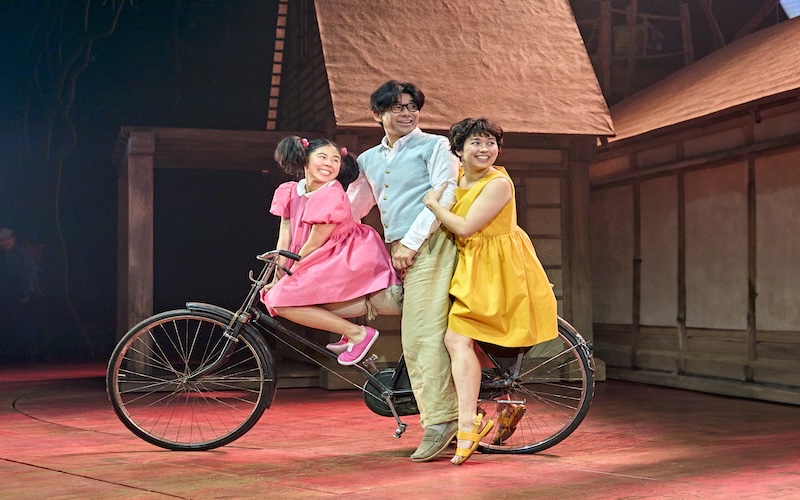
Lead actors Victoria Chen (Mei) and Ami Okumura Jones (Satsuki) explained the rehearsals necessarily had to take place in a warehouse space which was converted into a studio, and that the cast were unable to carry out a full run through with all the puppets until their technical rehearsals.
Chen said: “Suddenly it was Tetris trying to figure out how the traffic would go for the props, the set, the puppets, the humans, the backstage crew that couldn’t be seen.”
Okumura Jones added: “It pushes you as an actor as well when you see how much craft and effort is going into the set and puppets.
“You go ‘right, I need to get back in that room and give it my all because of what I’ll be working alongside’.”
Besides the enormous Totoro puppet, which takes up most of the stage space in what is already a taller than average theatre, and the iconic cat bus, the puppeteers also operate a number of smaller creatures, including incredibly realistic chickens, soot sprites, and Chen’s favourite, the goat.
They said: “It’s designed to look like how Mei sees the goat, because we’re seeing the story unfolding through the eyes of Mei.”
The effect of this youthful perspective is a sense of warmth and nostalgia, which die-hard fans recognise and revere from the Ghibli films.
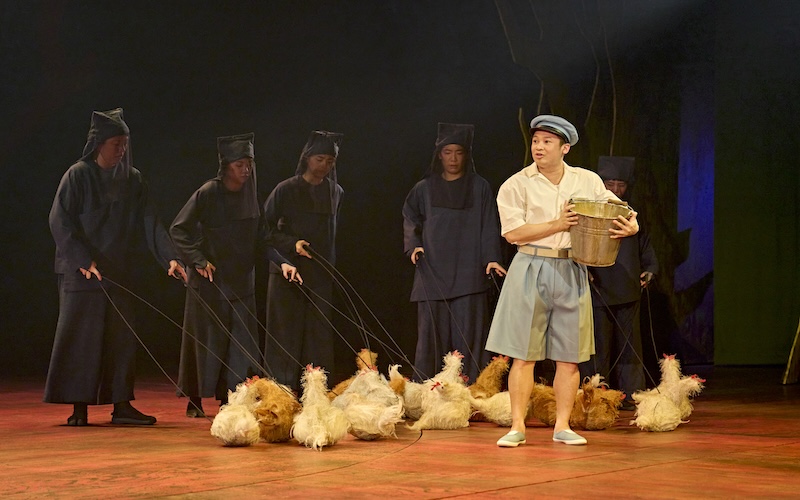
This youthfulness is only possible thanks to the leads’ incredibly convincing portrayals of four and ten-year olds respectively, yet when I congratulated them, the actors were quick to redirect my praise.
Okumura Jones said: “There’s no point really in trying to do a perfect imitation of a child because first of all that’s not possible, and secondarily, that’s actually not very interesting.
“It’s very easy when you’re playing a child for it to come across as really annoying and, actually, I think what was great about working with Phelim McDermott, our director, was he basically said ‘don’t worry about it, just think about capturing the essence of a child’.
“It doesn’t need to become this very technical exercise, but just worry about capturing the essence of the child, and being true to the characters, and it will manifest itself.
“You’re helped a lot by these very clever costumes that do this interesting forced-perspective thing with your bodies.”
Chen also praised Kimie Nakano’s costuming, for which Totoro received another of its six Olivier gongs, and demonstrated how donning Mei’s boxy, cartoonish dress immediately changed their posture and gait.
The production’s executive producer is Joe Hisaishi, who composed the score for the Totoro film, as well as all but one of those created by Studio Ghibli co-founder Hayao Miyazaki.
Episodic scenes are interspersed with his beautiful melodies performed by Ai Ninomiya, and the production’s band members, who are elevated around the set in dispersed treehouses.
Hisaishi wrote in the programme that the production is about absence, with Totoro and his mythical friends filling in much of the time in which the girls find themselves without the supervision of their parents.
Okumura Jones said: “One of the things that makes My Neighbour Totoro so special is that there’s a bittersweetness and a darkness that runs through it.
“It’s not just a show about little furry creatures running through the forest, it’s also, at its heart, a story about grief and absence and fear of loss.”
These themes carry across an unconventionally episodic narrative structure – at least, unconventional for a West End show – rather than a strictly linear chronology.
The actors explained this is typical of Japanese art, where there is more interest in generating ambiguity through its structuring rather than climax and denouement.
Chen likened it to a line spoken by the girls’ father in the opening scene in response to the question ‘are we lost?’ – “Not lost, just unfamiliar.”
The storytelling methods certainly were unfamiliar to me as a Western viewer, but never unwelcome.
Rather than being an adventure, Totoro is an experiential story, and it’s easy to see why its fanbase loves it so much.
My Neighbour Totoro has extended its run until 29 March 2026 and tickets are available via the website.
Picture credit: Manuel Harlan
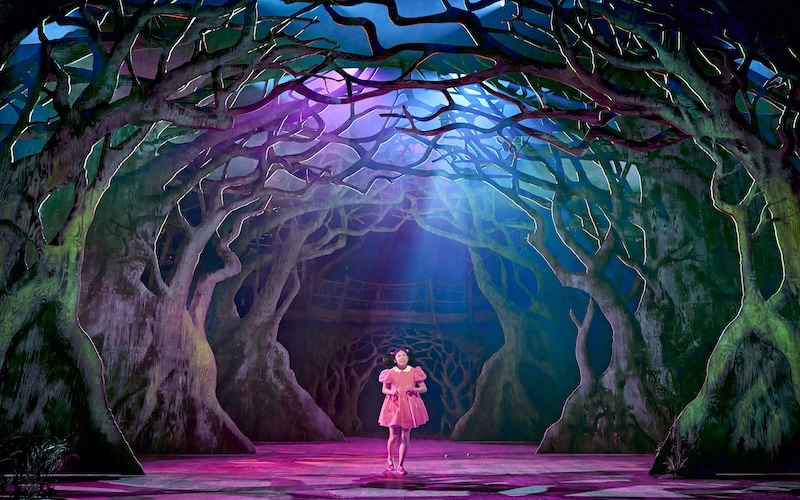
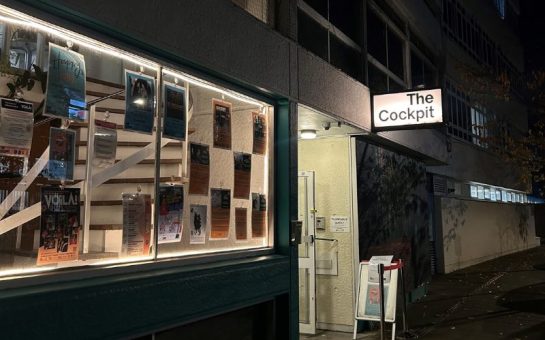
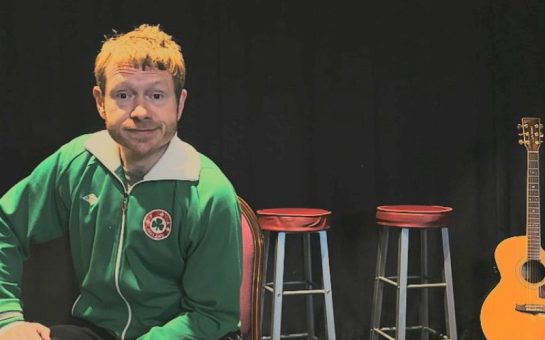
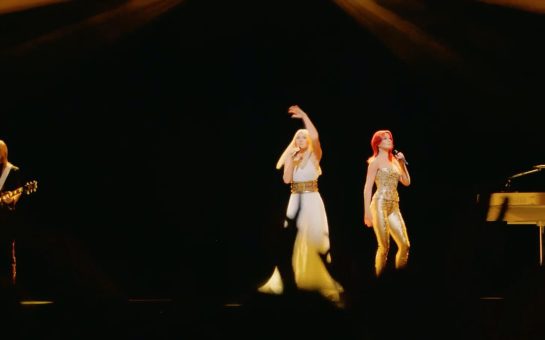
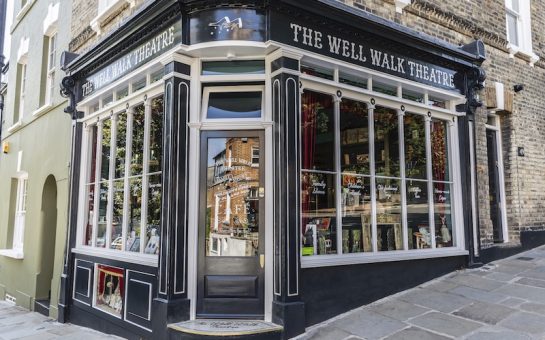
Join the discussion